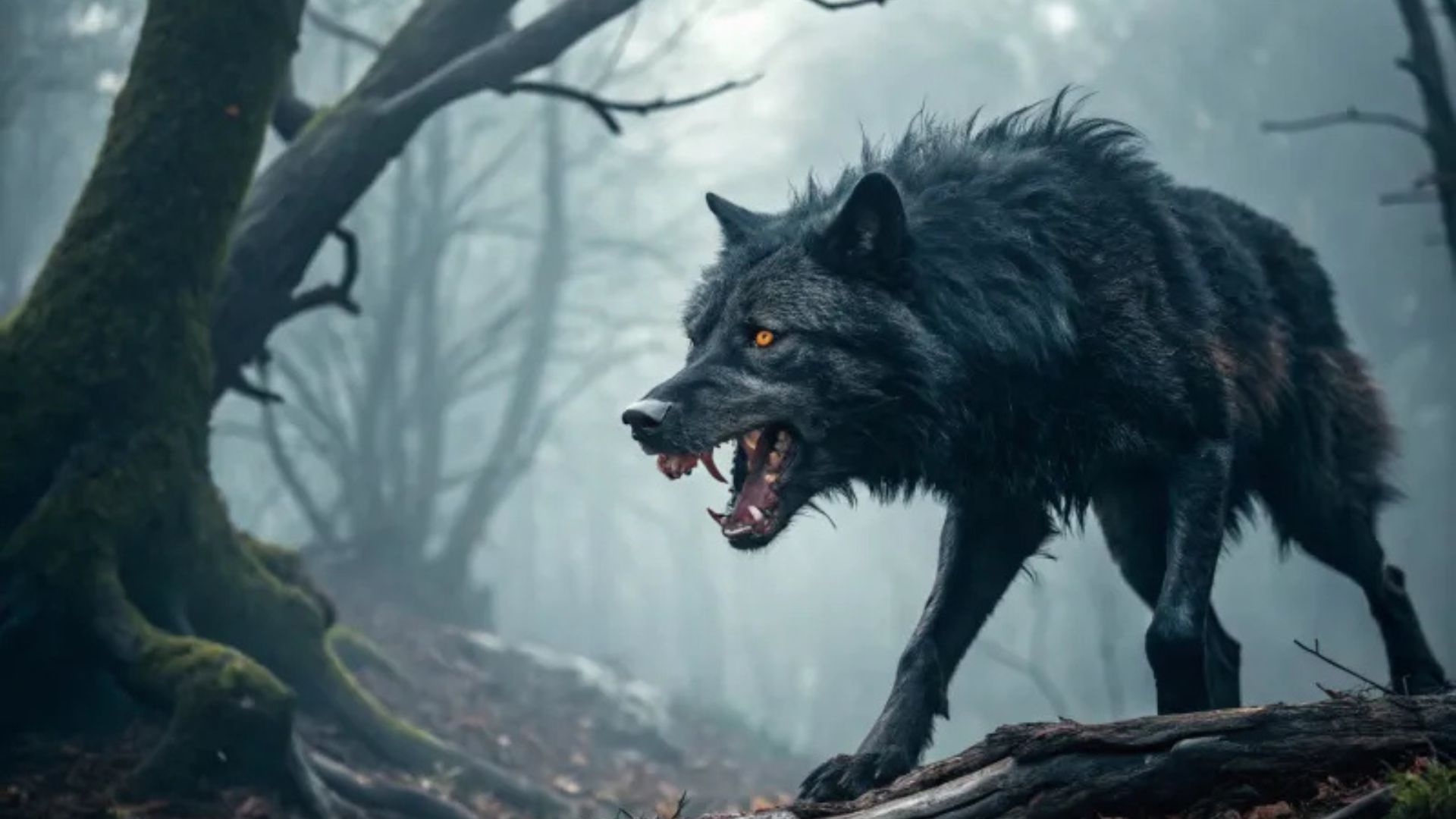Norse mythology is filled with powerful gods, epic battles, and mystical creatures, and the animals associated with these stories are just as captivating. These animals play significant roles in shaping the ancient myths of the Norse world.
Whether they are divine companions, symbols of strength and protection, or harbingers of fate, these creatures have left a lasting impact on the mythology that still fascinates us today.
Let’s take a closer look at some of the most iconic animals that are deeply intertwined with Norse legends!
1. Wolves (Fenrir)

The monstrous wolf Fenrir is one of the most fearsome beings in Norse mythology. Born to Loki, Fenrir was prophesied to bring about destruction during the Ragnarök, the end of the world. The gods, fearing his power, attempted to bind him with chains, but Fenrir broke free repeatedly.
Only the magical Gleipnir could hold him, a ribbon made from impossible things like the sound of a cat’s footfall. Fenrir’s fate is intertwined with that of Odin, the Allfather of the gods. It is foretold that Fenrir will devour Odin during Ragnarök, marking a pivotal moment in the cosmic battle.
This wolf symbolizes chaos and the inevitable doom, echoing the unpredictability of fate. The tales of Fenrir serve as a reminder of the thin line between control and chaos. His story is both a cautionary tale and a symbol of the untamable forces in the universe.
2. Ravens (Huginn And Muninn)
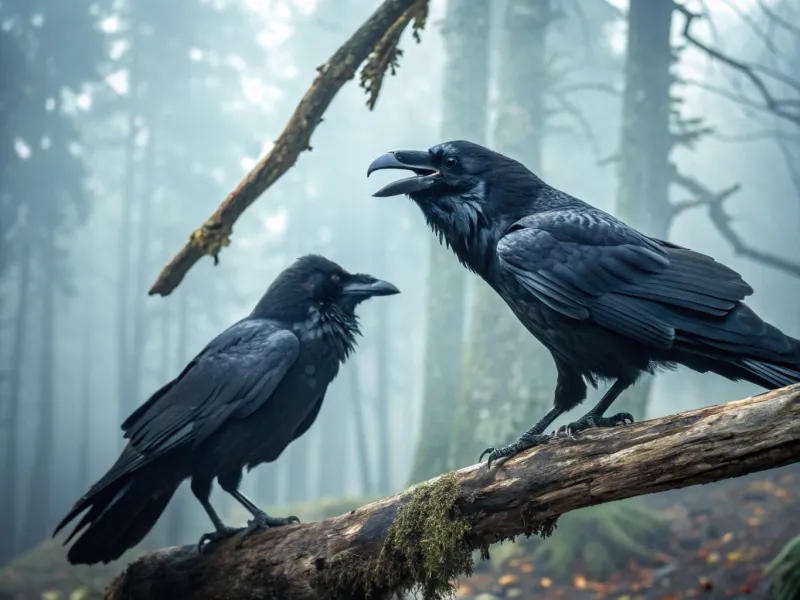
Huginn and Muninn are the two ravens that accompany Odin, the chief god in Norse mythology. Their names mean ‘thought’ and ‘memory,’ respectively, reflecting their symbolic significance. Every day, they fly across the world, gathering information and bringing it back to Odin. These ravens serve as Odin’s eyes and ears, allowing him to see far beyond the realms of Asgard.
Their presence highlights the importance of knowledge and intelligence in Norse myth, as they represent Odin’s quest for wisdom. Huginn and Muninn are more than mere birds; they are extensions of Odin himself.
The mythology surrounding them speaks to the value placed on thought and memory, aspects that are essential for understanding and navigating the complexities of life.
3. Horses (Sleipnir)
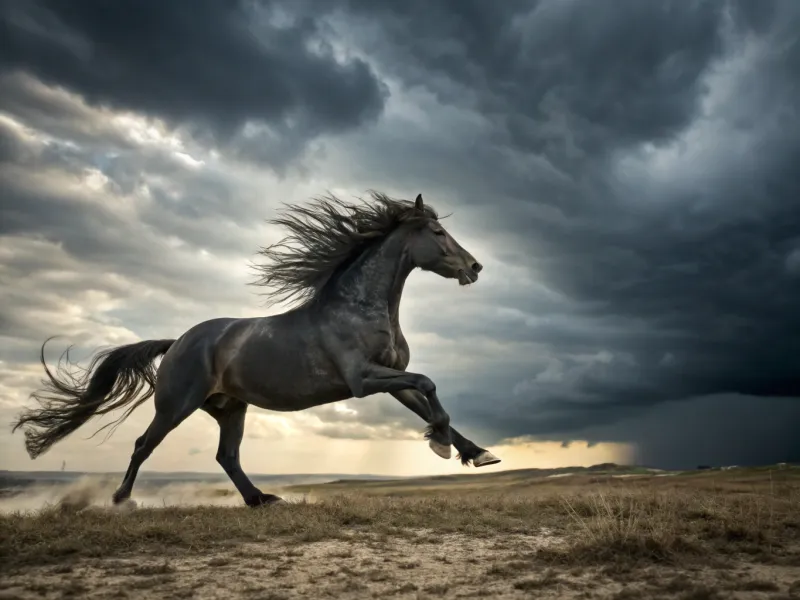
The eight-legged horse Sleipnir is a creature of unmatched speed and strength. Born to Loki and the stallion Svaðilfari, Sleipnir is the steed of Odin, allowing him to travel swiftly across the Nine Realms. Its unique anatomy, with eight legs, grants it incredible agility and power.
In the tales of Norse mythology, Sleipnir represents the link between worlds, a means of traversing not just physical distances but also spiritual realms. Its ability to move effortlessly between worlds underscores the fluidity and connection that exist within the Norse cosmology.
Sleipnir’s story is a testament to the limitless possibilities and the potential for transformation. It serves as a reminder of the power of adaptability and the importance of embracing change.
4. Serpents (Jörmungandr)
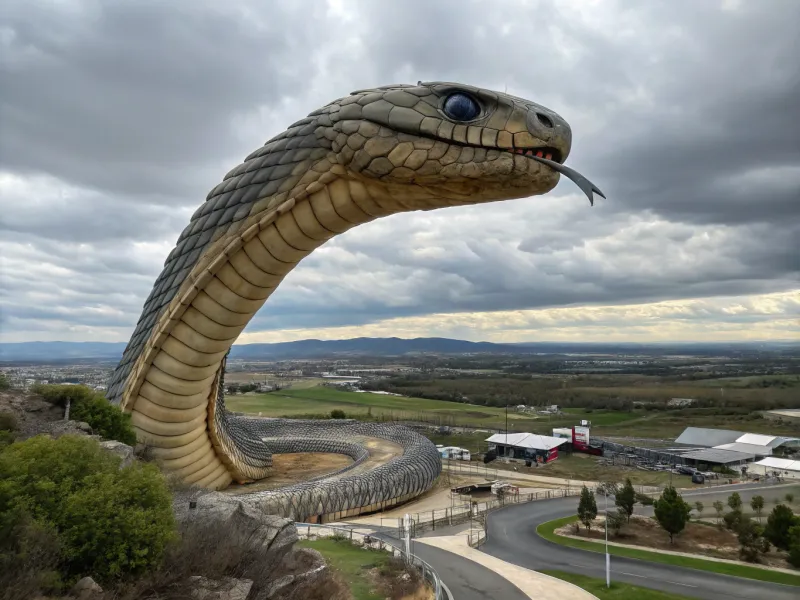
Jörmungandr, also known as the Midgard Serpent, is one of the most formidable creatures in Norse mythology. According to legend, it is so large that it encircles the entire world, holding its tail in its mouth. This serpent is a child of Loki, the trickster god, and Angrboða, a giantess.
Jörmungandr’s connection to the sea is profound, as it resides in the ocean surrounding Midgard, the world of humans. Its mere presence causes the seas to churn and storms to rise, symbolizing the untamed forces of nature.
The serpent’s fate is tied to the god Thor, with whom it is destined to have a final battle during Ragnarök. This encounter represents the clash between order and chaos, a central theme in Norse mythology.
Jörmungandr’s presence is a constant reminder of the balance between creation and destruction.
5. Goats (Heidrun And Tanngrisnir)
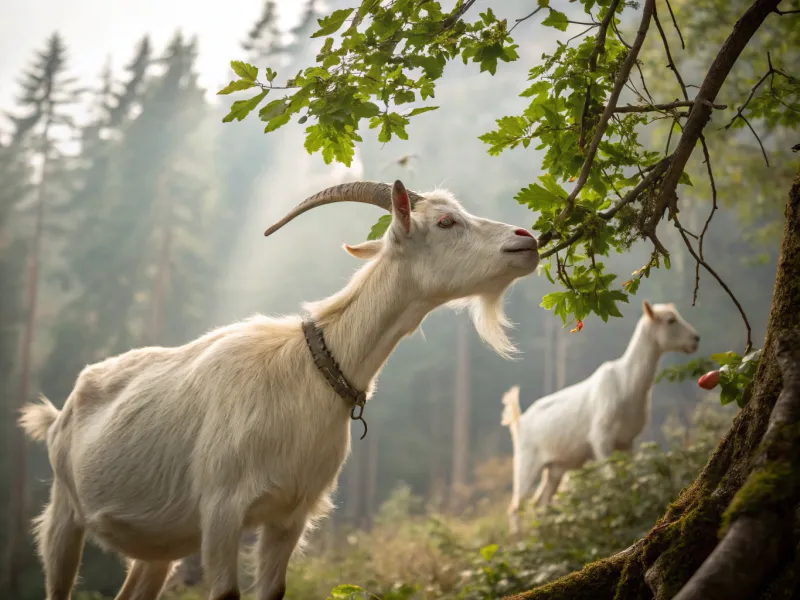
In Norse mythology, goats also hold a special place, particularly Heidrun and Tanngrisnir.
Heidrun is a magical goat that resides in Valhalla, the hall of the slain heroes. She feeds on the leaves of the Laeradr tree and produces an endless supply of mead, providing sustenance for the warriors.
Tanngrisnir, on the other hand, is one of the two goats that pull Thor’s chariot. Along with his companion Tanngnjóstr, they are part of the thunder god’s fierce ensemble. Thor’s goats possess the unique ability to be resurrected after being consumed, symbolizing renewal and eternal life.
These goats reflect the themes of abundance, regeneration, and the cyclical nature of life. Their presence in the myths reminds us of the interconnectedness of sustenance, survival, and the divine.
6. Eagles (Hákarl And Eikþyrnir)
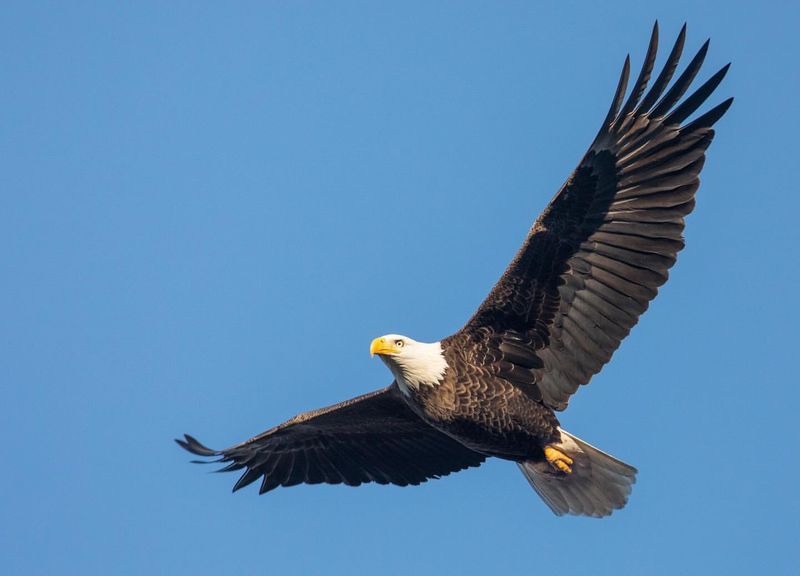
Eagles are revered creatures in Norse mythology, often associated with strength and vision. Hákarl, an eagle that resides at the top of the Yggdrasil, the world tree, is symbolic of the connection between the heavens and the earthly realms.
Eikþyrnir, while primarily known as a stag, is also linked with eagles through its association with the celestial. Both creatures represent the divine perspective, the ability to see far and wide across the vast landscapes of the Norse cosmos.
These eagles embody the qualities of wisdom and insight, serving as messengers between the gods and the worlds. Their presence in the myths highlights the importance of perspective and the power of the visionary.
7. Bears (Ursus Major)
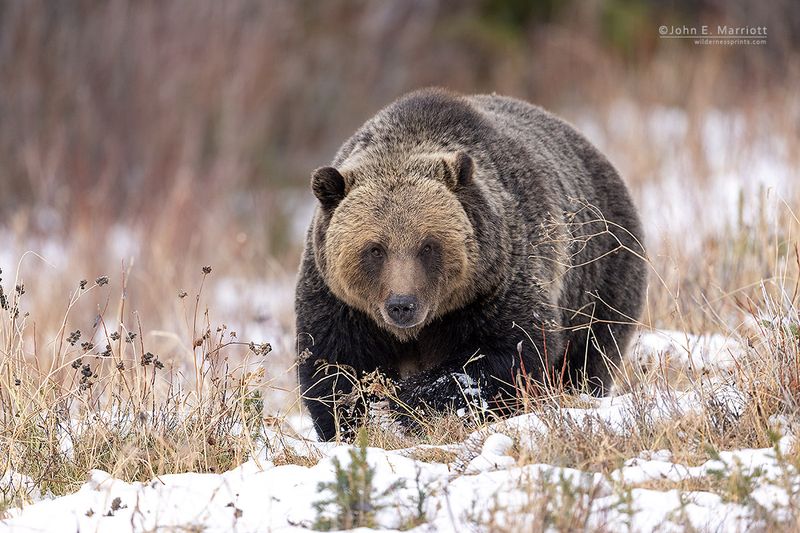
Bears, often seen as symbols of strength and courage, hold a place in Norse mythology through their association with the constellation Ursa Major. This constellation, known as the Great Bear, is believed to have inspired tales of fierce and mighty bears among the Norse people.
The connection between bears and warriors is profound, as they embody the qualities of bravery and resilience. Many Norse warriors, known as berserkers, adopted the ferocity and power of bears in battle, channeling their spirit to overcome foes.
The mythology of bears encourages us to embrace our inner strength and face challenges with courage. Their symbolic presence in the stars serves as a reminder of the enduring power of nature and the indomitable spirit.
8. Boars (Gullinbursti)
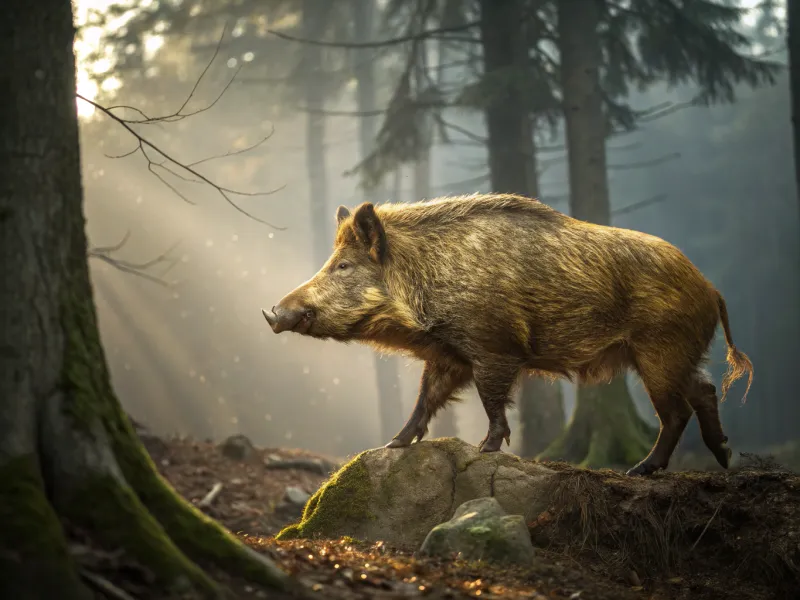
Gullinbursti, the golden boar, is a creature of beauty and power in Norse mythology. Crafted by the dwarfs Eitri and Brokkr, this boar has bristles that glow like the sun, symbolizing radiance and strength.
Belonging to the god Freyr, Gullinbursti is more than just a means of transport. It represents fertility and prosperity, qualities that Freyr himself embodies. The boar’s ability to travel swiftly across land and sea makes it a vital companion for the god of agriculture and abundance.
Gullinbursti’s tale reflects the themes of craftsmanship, resourcefulness, and the intertwining of nature and divinity. Its golden glow serves as a beacon of hope and prosperity in the Norse cosmos.
9. Dogs (Garmr)
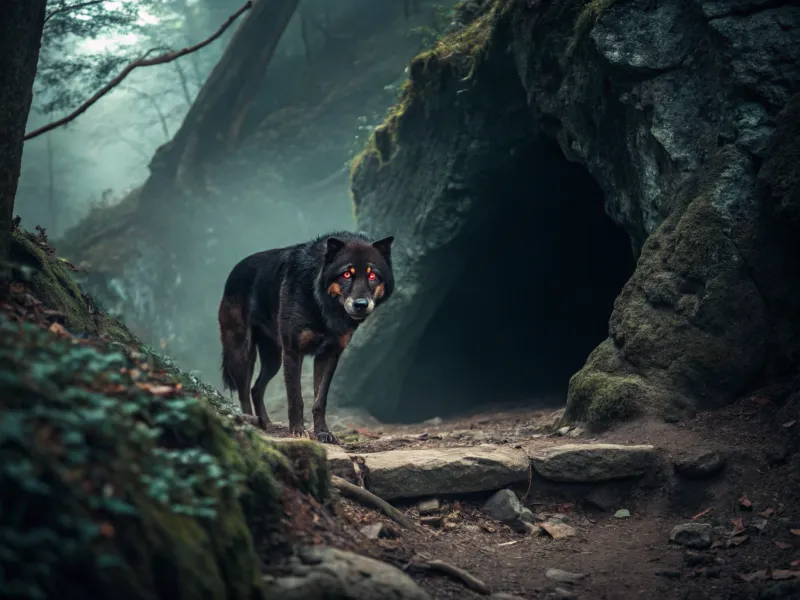
The fearsome hound Garmr guards the entrance to Hel, the realm of the dead in Norse mythology. Often compared to the Greek Cerberus, Garmr’s role is to prevent the dead from leaving their domain, ensuring the balance between the living and the deceased.
His presence in the myths highlights the themes of protection and vigilance. Garmr stands as a symbol of loyalty and duty, embodying the qualities of a faithful guardian. The story of Garmr reminds us of the importance of boundaries and the need to safeguard what is precious.
His vigilant watch over the underworld serves as a metaphor for the balance between life and death, a recurring theme in Norse narratives.
10. Deer (Eikþyrnir)
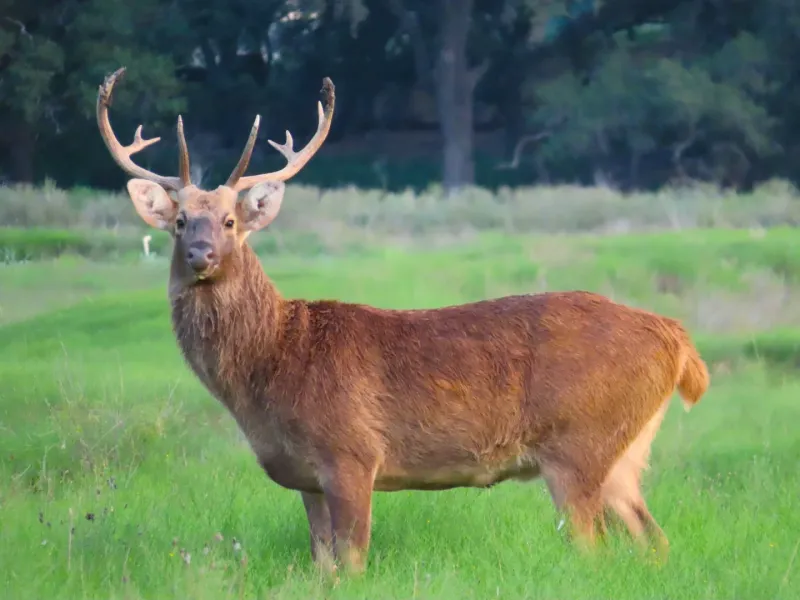
Eikþyrnir, the majestic stag, stands atop Valhalla, the hall of slain heroes, in Norse mythology. Its antlers are so large that they extend into the sky, dripping water that feeds the rivers of the world.
This deer symbolizes life and renewal, embodying the cycle of nature. Its position in the myth reflects the interconnectedness of all living things and the flow of life-giving resources. Eikþyrnir’s presence in the mythology serves as a reminder of the harmony and balance that exist within the natural world.
It encourages us to appreciate the beauty and abundance that nature provides, inspiring a sense of wonder and gratitude.
11. Lynxes
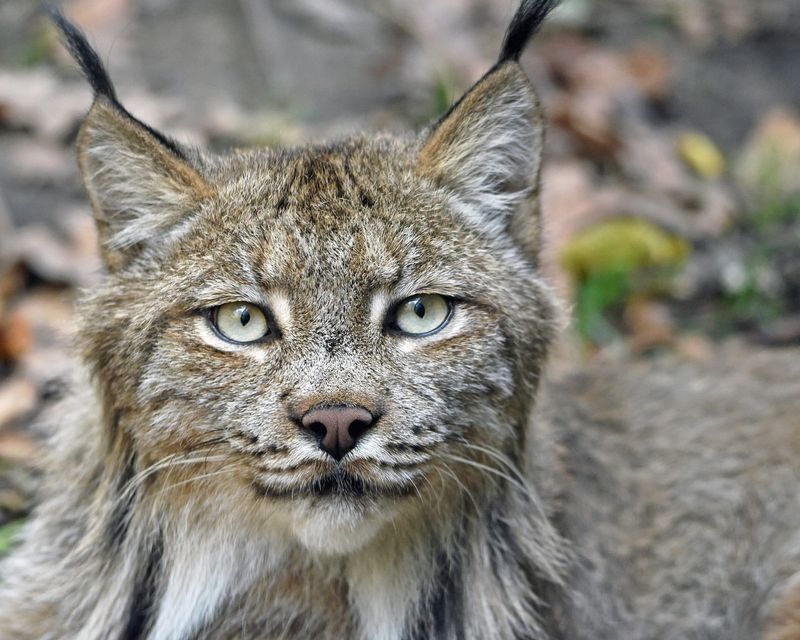
Known for their keen sight and quiet strength, Lynxes are creatures that embody mystery and independence in Norse mythology. These elusive animals are often associated with vigilance and intuition, traits that are prized in the mythic narratives.
The lynx’s ability to navigate the snowy landscapes symbolizes the Norse values of adaptability and survival. Its presence in the mythology highlights the importance of being perceptive and aware of one’s surroundings. The tales of lynxes remind us of the value of introspection and the power of keen observation.
They serve as a metaphor for inner wisdom and the ability to see beyond the obvious, encouraging us to trust our instincts.
12. Elk
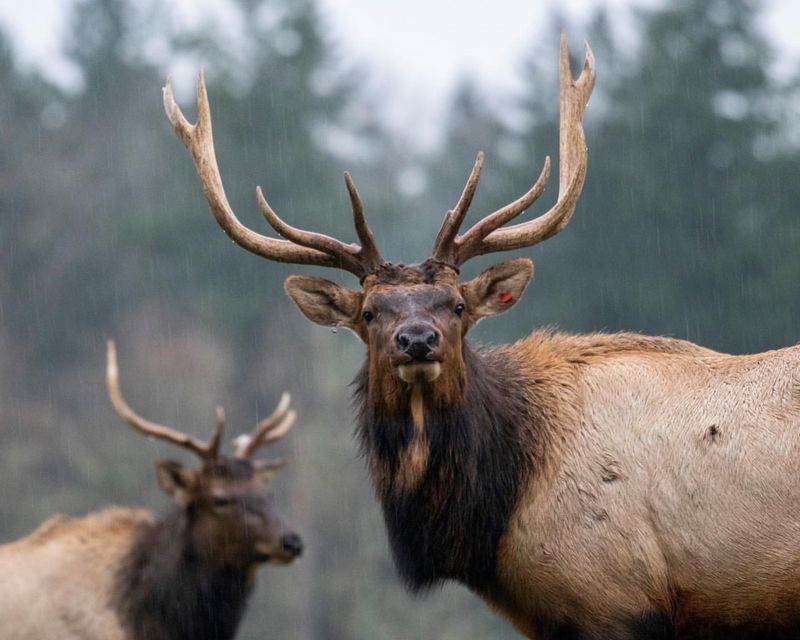
Elk, with their towering presence and majestic antlers, hold a place of reverence in Norse mythology. These creatures, often seen as symbols of power and nobility, are associated with the untamed wilderness and the spirit of the forest. In the mythic tales, elk represent the connection between the earthly and the divine, bridging the gap between nature and spirituality.
Their presence emphasizes the importance of respecting the natural world and the balance that exists within it. The elk’s symbolism encourages us to recognize our place within the larger tapestry of life.
It serves as a reminder of the strength and majesty that exist in the world around us, inspiring a sense of awe and respect for the forces of nature.

